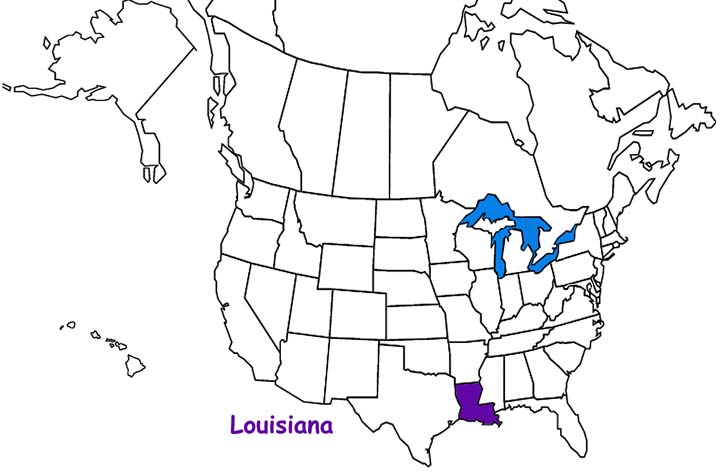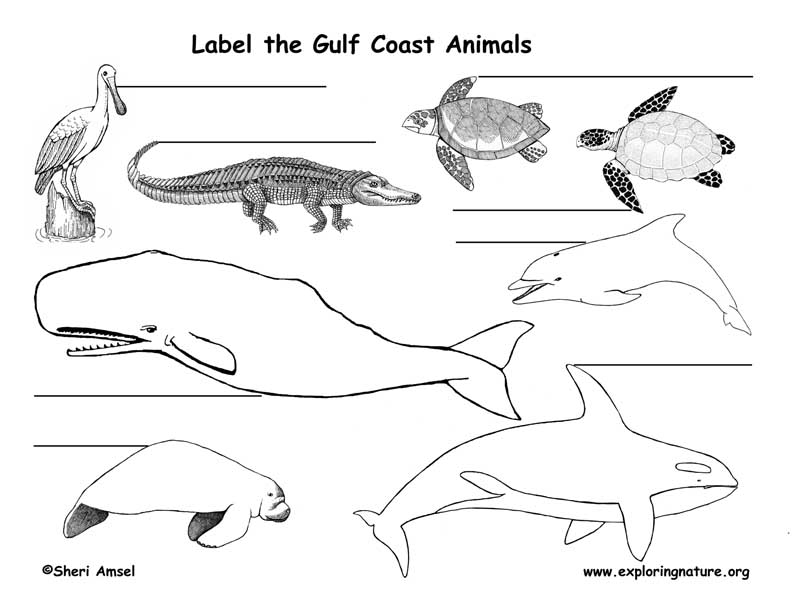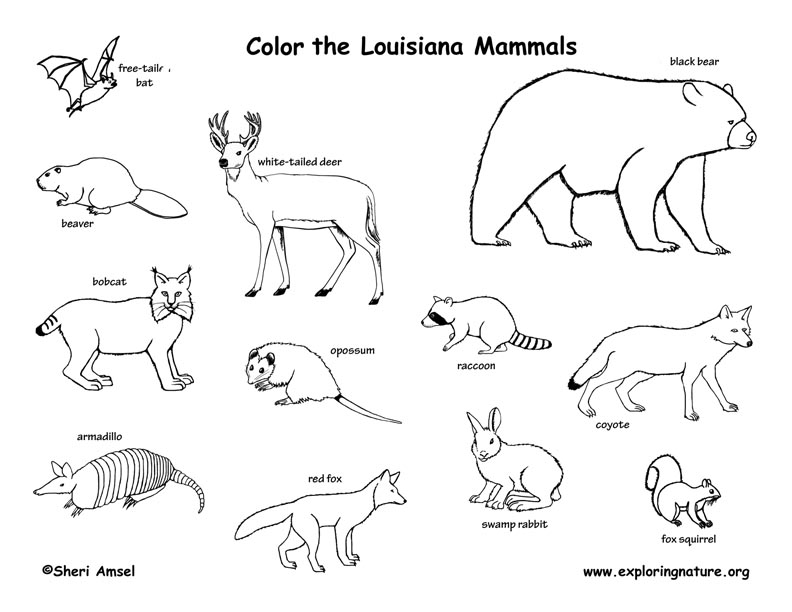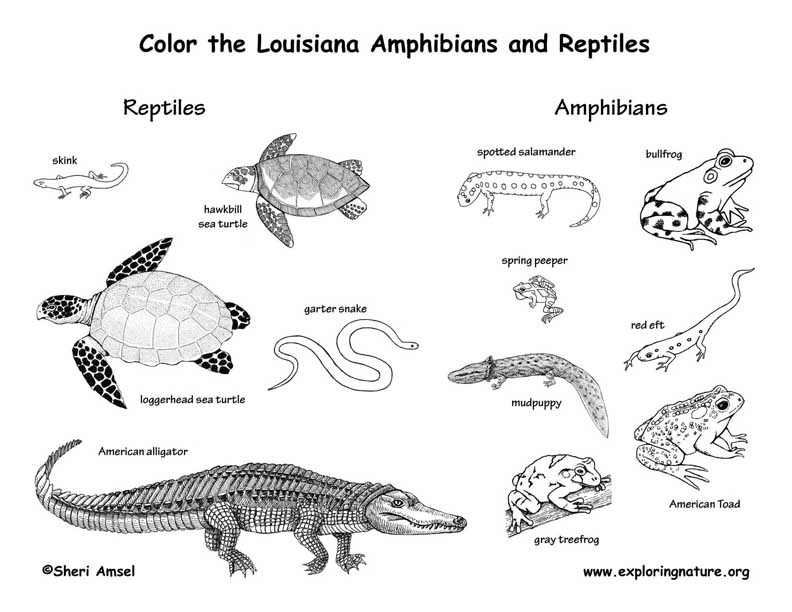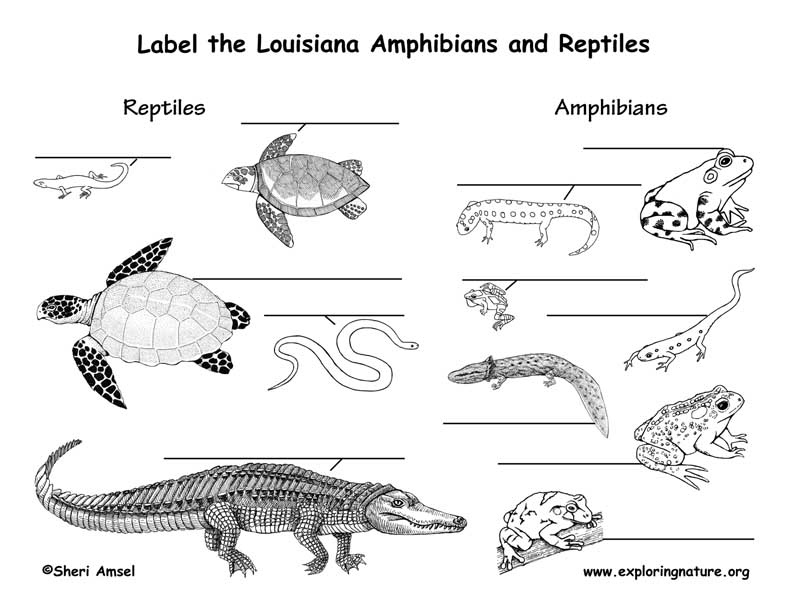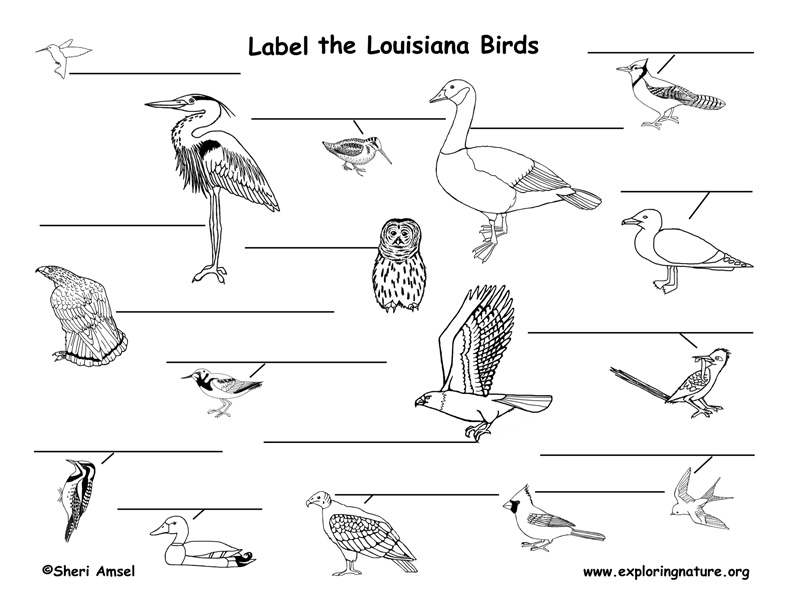

Grasslands
Louisiana has some remaining grasslands, though much of it has been destroyed by agriculture and development.
The coastal prairie is found along the coastal plain of southwestern Louisiana and is the southernmost tip of the tallgrass prairie that is found in the Midwestern U.S. It was the home to herds of bison, pronghorn antelope and red wolves as well as many smaller mammals, birds and insects. The coastal prairie of Louisiana once covered a million acres, but only 1% remains today - less than 250 acres. The rest was lost to farming and development. Another danger to the remaining coastal prairie is the invasion of non-native plants that compete with the native species. The U.S. Fish and Wildlife Service (USFWS) has made restoration of the coastal prairie one of their top priorities for this region as have other groups (Louisiana Nature Conservancy, Louisiana Heritage Program, Cajun Prairie Restoration Society).
There are also coastal dune grasslands above the tideline in the dunes along the coastline. These grasslands are subjected to repeated battering from hurricanes so must be able to tolerate flooding and saltwater.
Other small grasslands are scattered throughout the state. They are called barrens, clay prairies, saline prairies and slicks. They typically have very acidic soil that may also be salty. They can be kept open by fire or are just too acidic for tree growth.
Louisiana Wetlands
Louisiana has a wide variety of wetlands, both freshwater and saltwater. The state's saltwater wetlands include mangroves, salt marshes intertidal salt flats, and mud flats.
Louisiana has about 40% of the coastal wetlands (of the lower 48 states) in the U.S. Wetlands and very important habitats. They provide valuable wildlife habitat, stabilize shorelines and protect the land from storm surges and flooding. They act as filters to pollutants that run off the land from farms, towns and cities. Despite this, they have been drained and destroyed all over the U.S. until just recently. Scientists think that as much as 50% of the wetlands in the U.S. are already gone.
Salt marshes are vital, rich ecosystems and important habitat for many animals and plants. They act as a boundary between saltwater wetland habitats and dry land. They are rich with plants and animals life that can tolerate salt and the rising and falling tides. The matted roots of salt marsh plants help protect the coast from erosion and storm surges while polluted runoff from land is filtered before reaching the ocean. They are also an important niche for fish and invertebrate nurseries.
Mangroves are important wetlands for all the reasons already mentioned - they are vital wildlife habitat and offer shoreline protection from erosion and storm surges. They only exist in southern climates and many animals nest and feed among their roots and thick vegetation including osprey, pelican, eagles, herons, ibis, egrets, spoonbills, snails and lizards. Underwater animals like fish, crabs, sea turtles, sponges, shrimp, alligators and even dolphins make use of the mangrove's tangled roots to find safe places to feed or protect young.
Louisiana's freshwater wetlands include marshes, swamps, forested wetlands, bogs, wet prairies, prairie potholes, and vernal pools. The term bayou can refer to any slow-moving stream or wetland found in flat, low-lying areas that may rise and fall with the tide. Bayous are often associated with Louisiana's Mississippi River delta region.
Louisiana's bald cypress swamps have saturated ground almost all year. Though bald cypress trees dominate these swamps, there are other trees that can tolerate "wet feet" like swamp red maple, gum trees, willows, ash and buttonbush. Bottomland hardwood forests line large river floodplains, like the Mississippi, Ouachita and Red River. Live oak forests are found in southeastern Louisiana interspersed with marshes and swamps. Pine flatwoods are found on flat, low wet areas in southwestern Louisiana.
Forests
Louisiana has 14 million acres of forest covering about 50% of the state. Louisiana's many kinds of forest include shortleaf pine, oak-hickory, coastal and barrier island live oak, slash pine, post oak, mixed hardwood, evergreen (longleaf pine), cedar and spruce-pine forests.
Only 9% of the state's forest is owned by the public, while 81% is owned privately. Industries that create wood products own 10% of Louisiana's forest and trees are the state's largest "crop" making up almost 70% of the plant products grown in Louisiana.
Gulf Mammals:
Amphibians:
Reptiles:
For more information about Louisiana's snakes (including Latin names) click on individual animal links or for another (off-site) resource: LINK
For more information about specific birds and an illustrated diagram, check our bird database.
When you research information you must cite the reference. Citing for websites is different from citing from books, magazines and periodicals. The style of citing shown here is from the MLA Style Citations (Modern Language Association).
When citing a WEBSITE the general format is as follows.
Author Last Name, First Name(s). "Title: Subtitle of Part of Web Page, if appropriate." Title: Subtitle: Section of Page if appropriate. Sponsoring/Publishing Agency, If Given. Additional significant descriptive information. Date of Electronic Publication or other Date, such as Last Updated. Day Month Year of access < URL >.
Amsel, Sheri. "Louisiana Habitats, Mammals, Birds, Amphibians, Reptiles" Exploring Nature Educational Resource ©2005-2024. December 13, 2024
< http://www.exploringnature.org/db/view/Louisiana-Habitats-Mammals-Birds-Amphibians-Reptiles >
